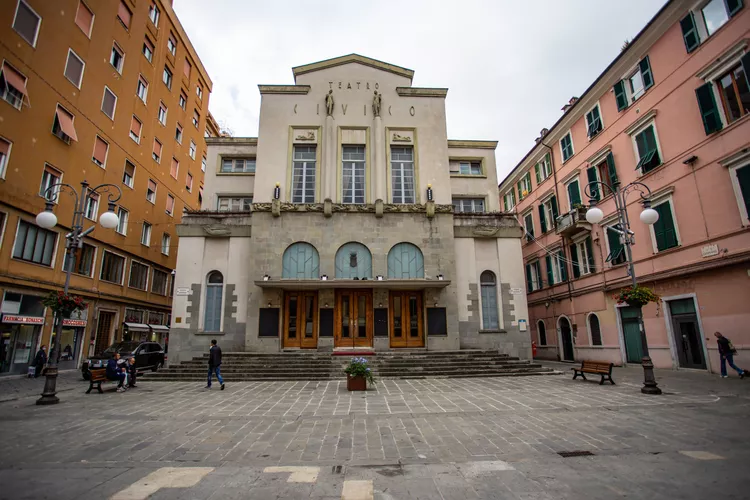Exploring the Centro Storico: The Heart of Italian History
Drivers Beware
Much of a centro storico is often a pedestrian zone or has limited traffic, allowing only cars with special permits. Therefore, when you approach the centro, look carefully for signs designating a ZTL (zona traffico limitato or limited traffic zone), which restricts entry during posted hours. Additionally, parking may be limited or restricted, even when access is granted. Consequently, it is advisable to locate a parking facility near the centro storico and walk from there.
Moreover, many railway stations are situated at the edge of the Centro Storico or within walking distance. It is common to find signs directing you from the train station, or if it is further away, there will typically be a bus connection departing from near the station.
What’s in the Centro Storico?
A majority of the structures found in a Centro Storico originate from the late medieval or Renaissance period, although they may feature elements of Roman architecture or even massive Etruscan walls. Famous examples include Rome and Perugia. Some Centro Storico areas are still enclosed by ancient walls, such as in Lucca.
Often, the cathedral or duomo is located in the historic center or just at its periphery. Typically, there is a large piazza or square situated in front of the cathedral, which may be adorned with a fountain or statues. Additionally, the town hall is frequently found within the historic center, especially if situated in an older edifice, and it usually boasts a prominent piazza. One of these squares is likely the main square, where visitors can find a bar or café, along with several shops or restaurants.
The centro storico often houses other churches, small squares, monumental mansions, and usually some museums. In some instances, a castle may be located in or near the centro storico. Many towns feature a market, either covered or outdoor, that thrives in the center. Cultural events such as festivals and outdoor summer music concerts are frequently held in the historic center, making it a lively spot for locals and tourists alike.
Ultimately, the historic center is an excellent place to spend some time wandering around, appreciating the old architecture. Therefore, visiting the centro storico is certainly one of the top free activities in Italy that should not be missed.




